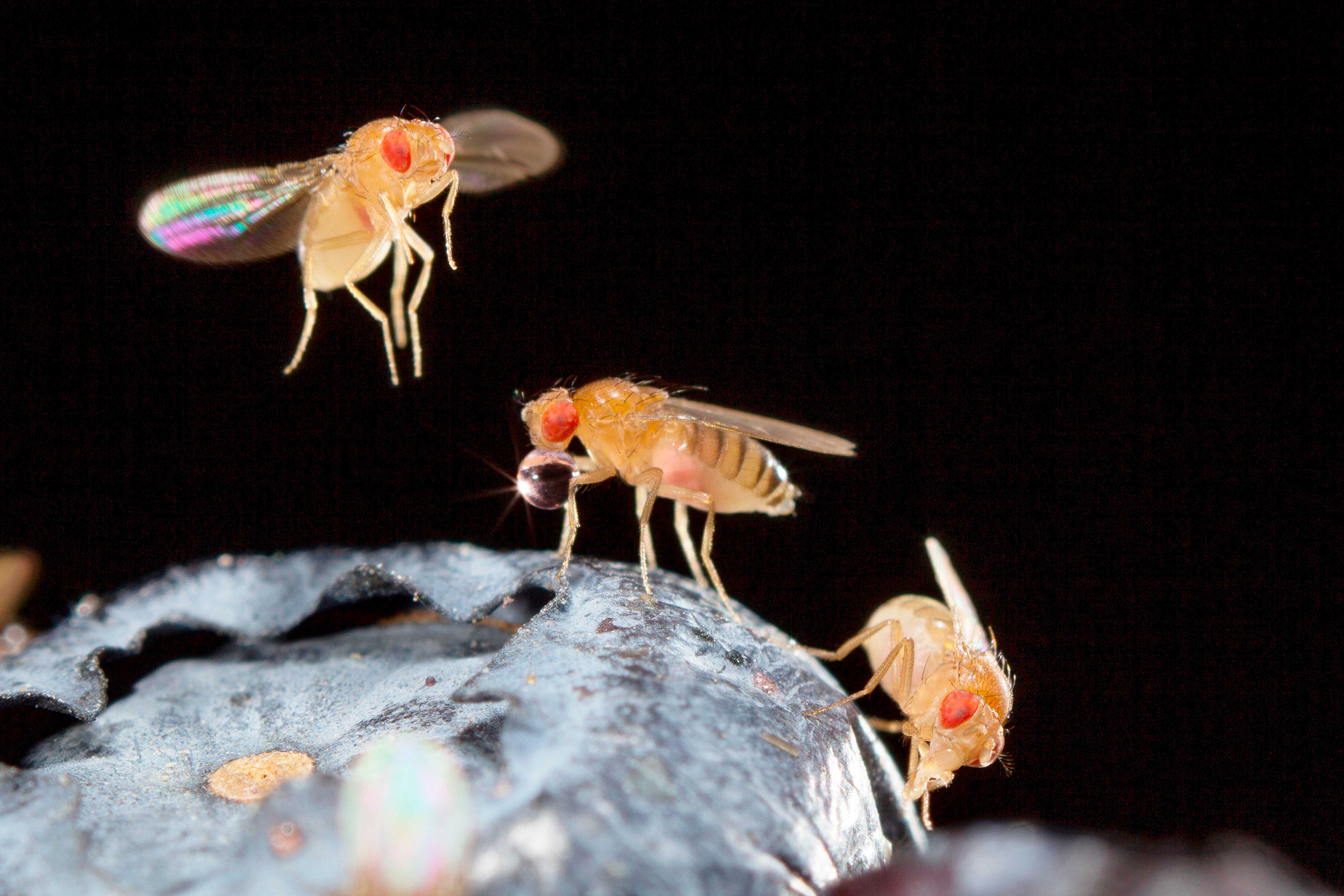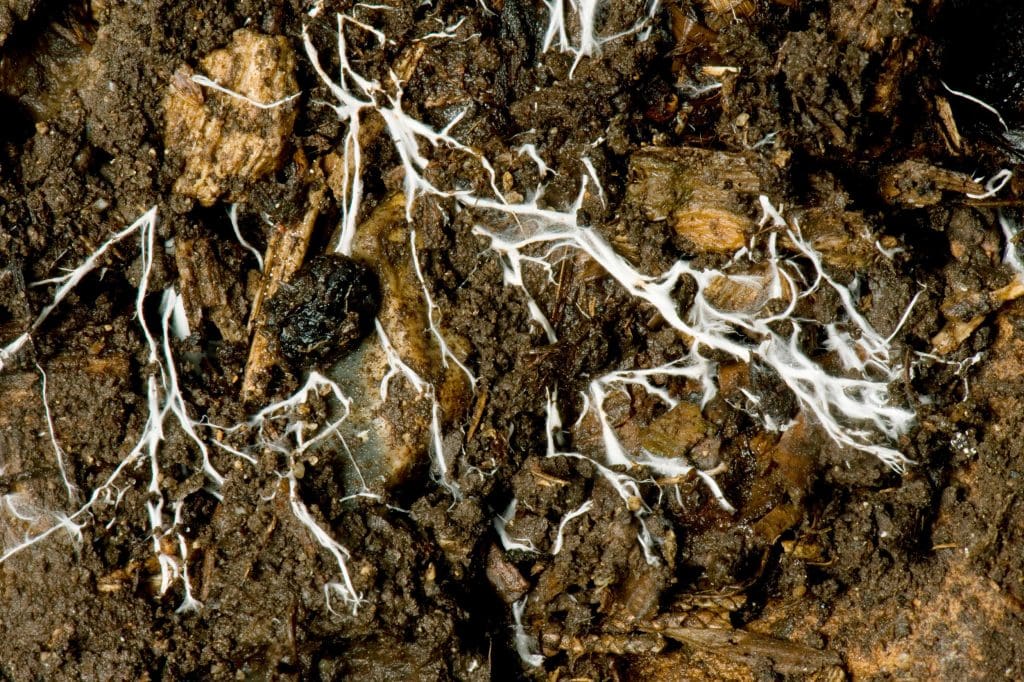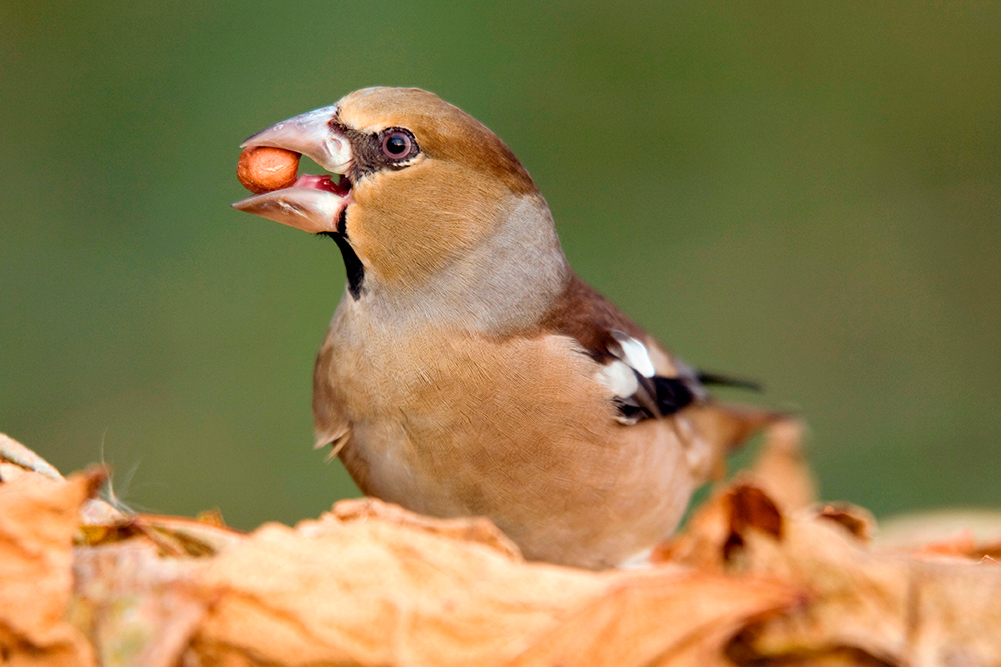Environmental pollutants and climate change are wreaking havoc with fly fertility, courtship and mating.
It was recently found in a laboratory study that higher levels of ozone disrupts the ability of male fruit flies to produce pheromones and attract a mate. It also means males are wasting time trying to mate with each other as the pheromones broadcast their gender.
The impact of rising temperatures on insects is poorly understood, but we know that the distribution of many species is changing.
In the UK, the range of species that were once very rare and restricted to tiny populations on the south coast has exploded, and they are colonising ever-greater swathes of the country.
The fertility of male Red Flour Beetles plummets after being exposed to heatwaves.
In essence, our fauna will become increasingly Mediterranean, and the species suited to cooler conditions will be forced ever northwards or to higher altitudes until there’s nowhere to go.
All insects produce pheromones. These broadcast gender and willingness to mate as well as allowing males and females to find each other.

Close up of fruit fly on a leaf. Photo: Rafal Pilkowski (Alamy Stock Photo)
Disruption of these pheromone systems means males and females have a harder time finding each other and increases male-to-male mating attempts.

Fruit flies. Photo: Michael Durham, Minden Pictures (Alamy Stock Photo)
The window of ideal climate conditions that an insect must track is narrow. Again, exactly what is going on here is poorly known, but laboratory studies show alarming results. For example, the fertility of male Red Flour Beetles plummets after being exposed to heatwaves, and successive heatwaves almost sterilises them. The impact of these higher temperatures ripple through the generations, with even lower fertility and reduced lifespans in the offspring.
Listen to this feature here:
You might also like

State of Nature report 2023

Wood wide web



